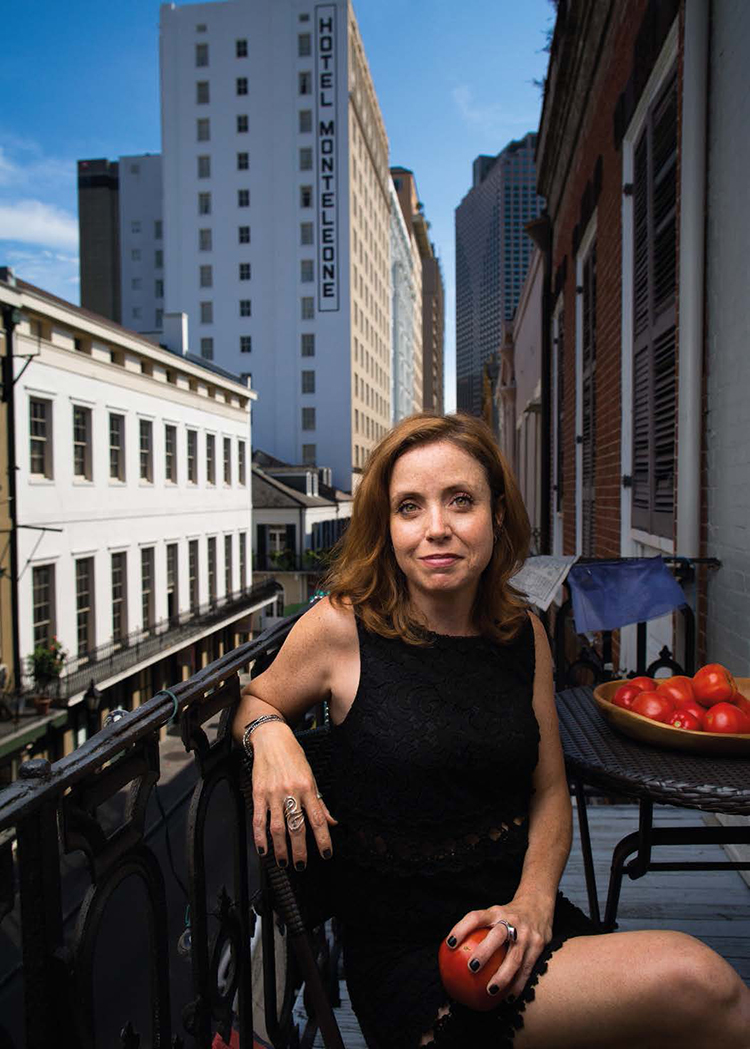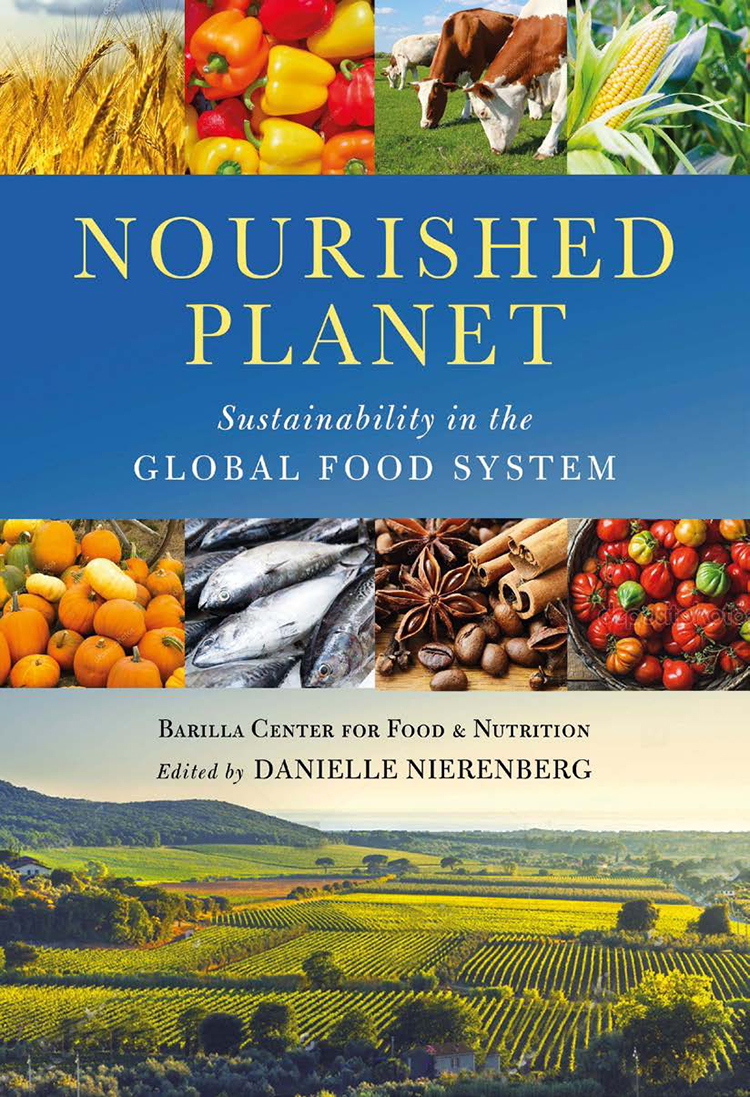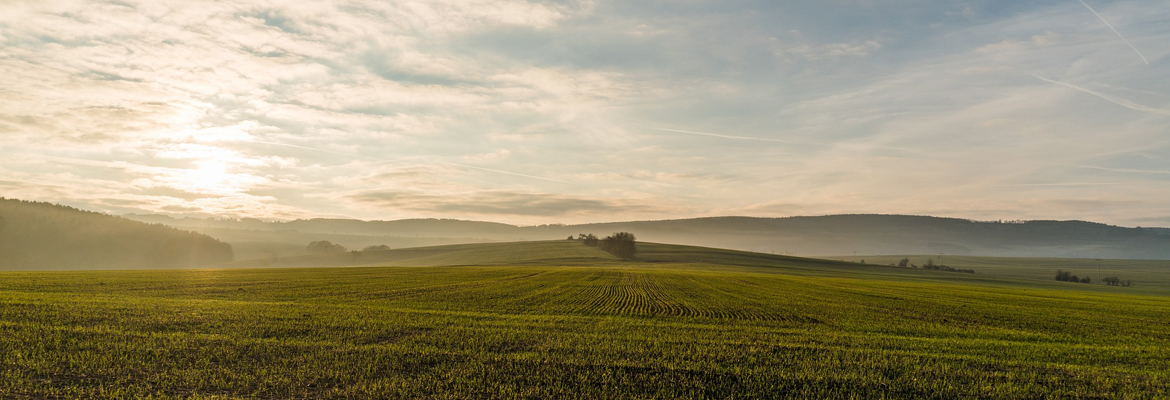
What has food become? What does it mean for Western society to feed itself? What does the meat on the plate before us represent? What do we mean by food security? Questions that, even if simple in appearance, we rarely delve into. We don’t understand what we have on the plate before us, and even worse we don’t know why it is there. Feeding 7 billion people is a complex process, that has changed radically over the last 50 years. An anthropological and cultural transformation the true extent of which still remains unknown.
We tackled these issues with the Danish researcher Danielle Nierenberg, President and founder of Food Tank, a research centre for the promotion of sustainable food production and consumption models. This year she has published ‘Nourished Planet’ with Island Press, together with the Barilla Centre for Food and Nutrition, with the objective of rethinking agrofood systems, in search of a true model for global sustainability.
We are constantly searching for solutions to the food conundrum. As we continue to consume too much, we also strive to feed the world. Is our agrofood system on the verge of collapse? Can we fix it?
“One thing that emerges clearly from our work at Food Tank is that there is no ‘one solution fits all’ to fixing the food system. There is no silver bullet, no magic cure. We need multiple solutions that take into account the different levels at play. We should not focus exclusively on calories and yield. This approach has put a lot of stress on short-term productivity, leading to some serious and unintended consequences. We have a food system that is completely focused on the marketability of crops, whilst not really providing people with nourishing and nutrient dense food. Therefore, we need a paradigm shift. The majority of crops grown around the world, including wheat, corn, rice and other types of starchy staples, don’t contain enough nutrients. They might be good for being processed into other foods, especially for livestock, but they are not as good at creating a healthy food system. They are very resource intensive. In most cases these crops require artificial inputs like chemical fertilisers. Furthermore, they come hand in hand with serious consequences for the environment, economy and public health. Part of the reason behind the global food paradox – of 850 million people who are hungry and around 2 billion people who are overweight or obese – is that we focus on commodity crops that are not nutrient dense.
We have to alter how we think about what and how we grow. The focus needs to be on productivity and nourishing people in the long run. Therefore, we need to turn to traditional and smart solutions, as well as rethinking the way we use soil and how to protect it.”
What role will traditional crops play in transforming the way we produce food?
“The role of indigenous and traditional crops has often been overlooked. We forget to consider crops that are actually really good for soil fertility, like leguminous crops. We have forgotten practices such as agroforestry and intercropping (the cultivation of different plant species on the same plot of land, author’s note), that allow us to safeguard soil; growing perennial crops like sorghum that are more resilient to pests and disease, instead of intensive crops; as well as using crops that are resilient to floods, drought, and high temperatures. Traditional foods that often have a lot of potential have not received much attention, research or investment. They are not high yielding and are considered poor people’s food.
I think there are really interesting ways of combining high and low tech methods for growing food. We are witnessing the rise of new and simple technologies such as smart phones to help farmers know more about markets; drones for precision farming; or even artificial intelligence to help large and small scale farmers get better deals and income, whilst contributing to their ability to protect natural resources and increase social equity. All of which working together with traditional knowledge and farming practices.”
An issue that requires an approach based on both old knowledge and hi-tech is that of water. What is the relationship between these factors?
“It is essential that we establish adequate water management methods, particularly in agricultural practices as these account for more than 70% of global water use. Therefore, it is essential to protect ourselves from water scarcity. Again, it is not just a case of one solution fits all. However, we do know that vegetable, almond, corn, and soybean monocultures, as witnessed in places like California, can lead to severe drought. We need to understand that the crops being grown now might not be the same as those grown in 10 or 15 years’ time. We have to be able to diversify agricultural systems, and learn to grow different kinds of crops that together can retain water, help prevent soil erosion, provide shade for crops, and absorb high amounts of CO2.
Technology has to improve: solar drip irrigation; precision techniques that allow farmers to get precise amounts of water to where it is most needed; and accurate measurement of evaporation so as not to loose any water. All these factors will be key. We will get there. But, what we really need is more diversity in the food system and to move away from this ideology of monocultures.”
Today we live in a strange epoch where food is simultaneously prohibitively expensive and at the same time super-cheap, scarce and yet so abundant that it is wasted shamelessly.
“Today there is an inexplicable schizophrenia around food. Wealthy consumers pay absurd prices for food design, organic produce, products from renowned chocolatiers, high end wines and artisan cheeses. At the same time, in the United States and Europe, common food is also incredibly cheap: in these countries less than 10% (in Italy this figure is around 15%) of total revenue is spent on food. We expect and even demand, that food in supermarkets be sold at very low prices. And when prices go up we protest vehemently, as occurred in the United States in the Sixties, with the family matriarchs protesting against the rise in price of steaks and ribs. The most recent Farm Bill in the USA – similarly to what is occurring in Europe – has confirmed generous subsidies, with the objective of maintaining food prices artificially low. However, if we go to developing countries, the value of food, especially as of 2008-2009, has risen exponentially, taking up to 80% of revenue per capita. Furthermore, this is in reference to primary food staples, and hence not even considering a balanced diet, but rather food ‘that fills you up’ but which often lacks necessary nutrients due to the lack of variety in crops that the agro-business imposes. This imbalance in prices has given rise to numerous conflicts, in countries such as Mozambique and Tunisia amongst others. Today young people are ‘hangry’ (a mixture of hungry and angry.)”
Therefore, we both ascribe and deny value to food?
“A part of the globe pays too little for food the other pays too much. A contradiction which also has to deal with the problem of speculation. It is no coincidence that the food and financial crisis came about at the same time. If food is not seen as a right, but rather as a good to be exchanged on international markets and futures, there is a problem. Food products are neither diamonds nor another kind of raw material that can be sold on financial markets. We can’t have derivatives and sophisticated financial products based on rice and other grains. All it takes is a fluctuation in price and an entire nation can find itself on the brink of famine. It isn’t a good on which we can speculate. Today, global food production is sufficient to feed the entire population of planet earth. It isn’t a problem of quantities produced. It is a problem of distribution and value. Just think about obesity, an excessive accumulation of resources that has nothing to do with nutrition.”
How can we reconstruct the real food value chain, far from economic speculation and the interests of global agro-business?
“Olivier De Schutter, Special Rapporteur on the right to food for the United Nations, has officially declared that there has to be a net division between food markets and financial markets. Furthermore, we have to define the right to food as a fundamental human right. There are few nations that guarantee the right to healthy, nutritious, and environmentally respectful food every day. Secondly, we have to think of the 1.3 billion tonnes of agricultural produce wasted every day, an amount that according to our estimates is even greater if you consider post-harvest losses, depletion of stocks and simple household waste. This occurs in industrialised countries where the cost of food is very low because food is deprived of its real value. We don’t give importance to waste, yet we should learn to preserve food, just as farmers in Rwanda or Malawi do: these small scale farmer families don’t waste a single gram of food. It isn’t just a moral question, it is an environmental one too, due to the emissions related to food production and waste management.”
Can we create a circular economy of food?
“Today we can extract various products from food waste, including paper, textiles, and compostable materials such as bags and straws. That which we still have not achieved is to address the issue in a systemic and holistic fashion. Politicians, companies and citizens are realising that an integrated system can really make way for a circular economy that can lead to better solutions.”

Food Tank, foodtank.com



